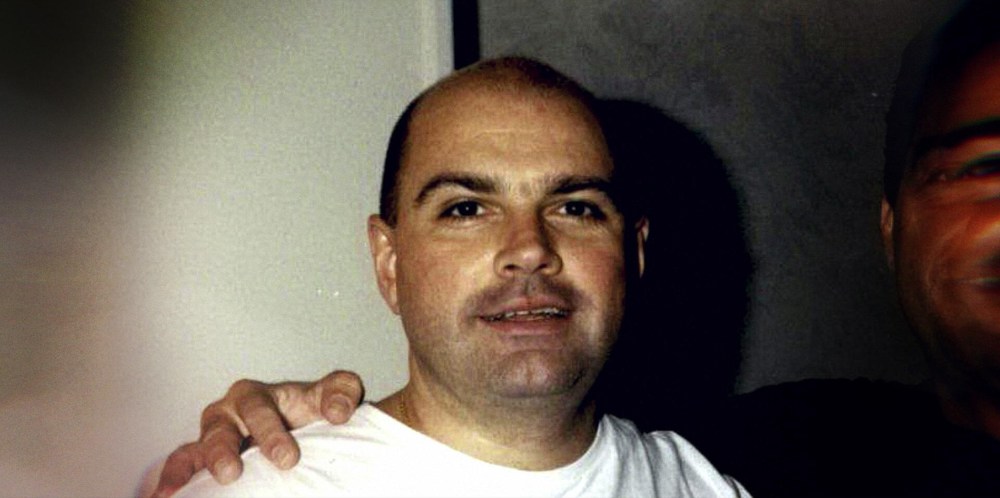On Feb. 22, a federal judge in New York issued what is likely to be the final decision in the case of the so-called Sarah Lawrence cult. The sickening details of this case have garnered much attention over the past few years, spawning a viral long-form investigation in New York magazine and a subsequent documentary on Hulu that premiered last month. The reporting and eventual criminal proceedings were shocking and a little prurient (the Hulu doc referred to a “sex cult”). But they also raise important questions about coercion and culpability.
The reporting and the eventual criminal trials were shocking and a little prurient.
Earlier this year, Larry Ray, the man who manipulated, abused and controlled a group of young men and women for close to 10 years, was sentenced to 60 years in prison for crimes including extortion and sex trafficking. In February, a young woman named Isabella Pollok was accused of being Ray’s “lieutenant” by prosecutors who said she aided and abetted his physically and sexually abusive behavior toward her friends. (Pollock ultimately pleaded guilty to a money laundering conspiracy charge and was sentenced to 4 1/2 years in prison.)
According to both of her defense lawyers and reporters, Pollok was a vulnerable college freshman when she met Ray, and within a year was drawn into a sexual relationship with him, a man decades her senior. Despite expressing remorse, shame and regret, the judge declared that Pollok had choices. But did she?
In the past few years, an onslaught of documentaries — some better than others — and a slew of podcasts have come out about cults and cult leaders. These have been accompanied by (a few) trials, resulting in accountability for at least some of these exploitative criminals.
Who are these people, who some might say are monsters among us? Yes, each cult is different and should be evaluated as such. Yet after 35 years of research and observation, including listening to and learning from survivors’ experiences, I’ve learned how to recognize classic patterns of social-psychological influence and coercive control. It seems not to matter whether the overriding and binding ideology is religious, political, wellness, world-saving, self-improvement, therapeutic or martial arts. In my book “Take Back Your Life: Recovering From Cults and Abusive Relationships,” with tongue in cheek, I noted these cult leaders think of themselves as unique when they all act as if they attended the same “Messiah School.”
Conversely, if the common denominator among cult members is idealism, narcissism seems to define most cult leaders. Self-serving and destructive, these types of malevolent personalities can cause great harm. Indeed, it is their modus operandi.
And yet, we wonder: How do these malignant forces get good people, smart people, to become co-conspirators in their vile behavior? It might seem unfathomable. But in my opinion, it’s quite simple. They begin by setting up a self-sealing system — that is, one with an end-justifies-the-means philosophy. Once you accept this system, anything goes. Here, the leader becomes a god-like, all-knowing authoritarian who offers you “the answer” but in turn demands unwavering loyalty. Through a plethora of influence and control tactics, members are indoctrinated to believe and to follow orders without question.
How do these malignant forces get good people, smart people, to be co-conspirators in their vile behavior? It might seem unfathomable.
The moral code that cult members enter with is altered to accept the immorality of the leader. And that comes with a big price — I call it “bounded choice.” The true believer now has no option but to obey, because not to obey means death, literal or figurative. To disobey means risking the loss of your sense of self, your identity, perhaps your family or children, your community and your chance at “salvation,” whatever that has been defined to mean. A “brainwashed” follower is left with an illusion of choice. But it’s not a real choice at all.












